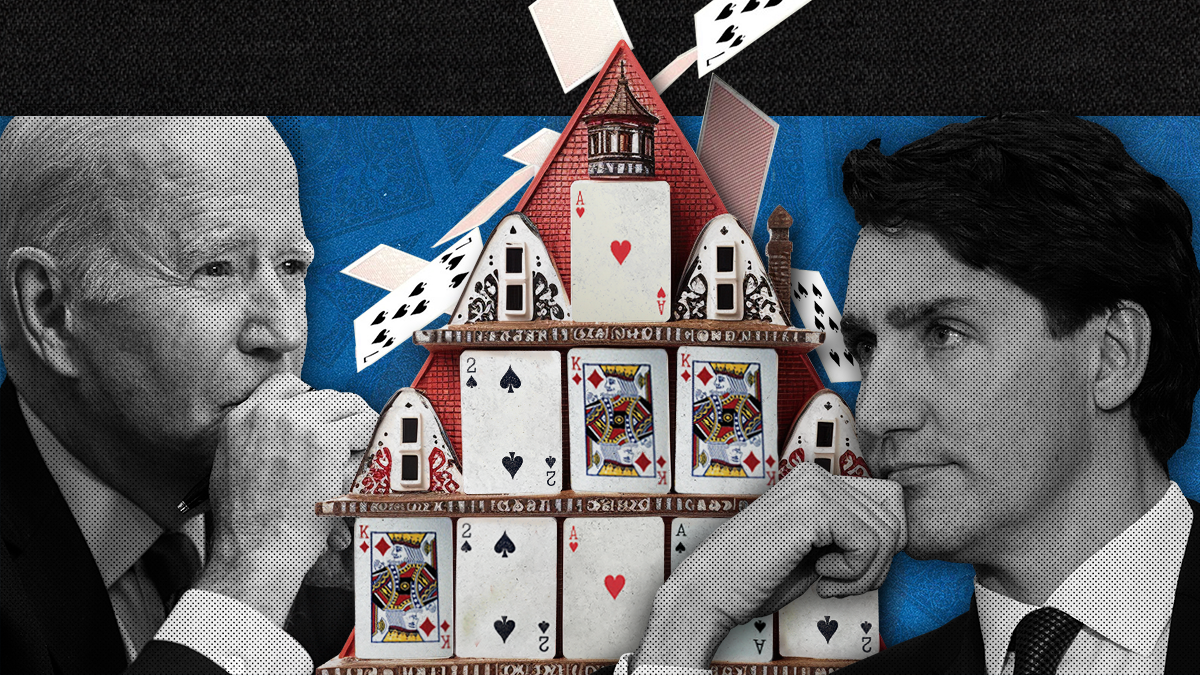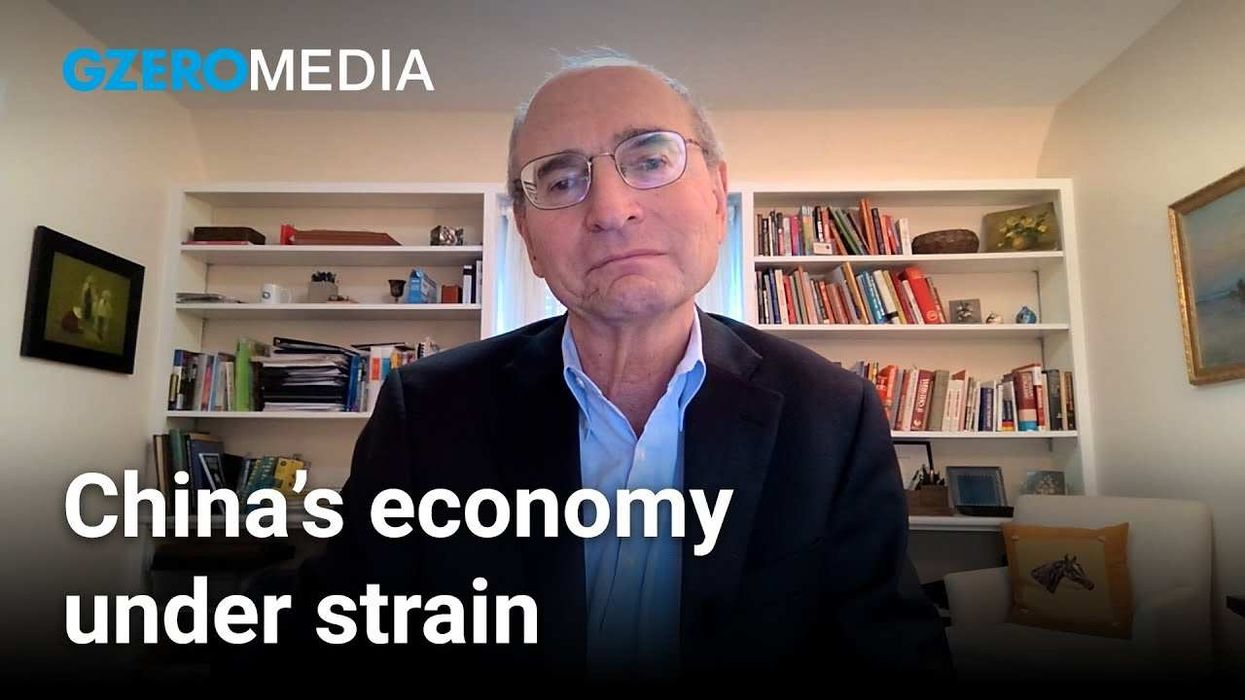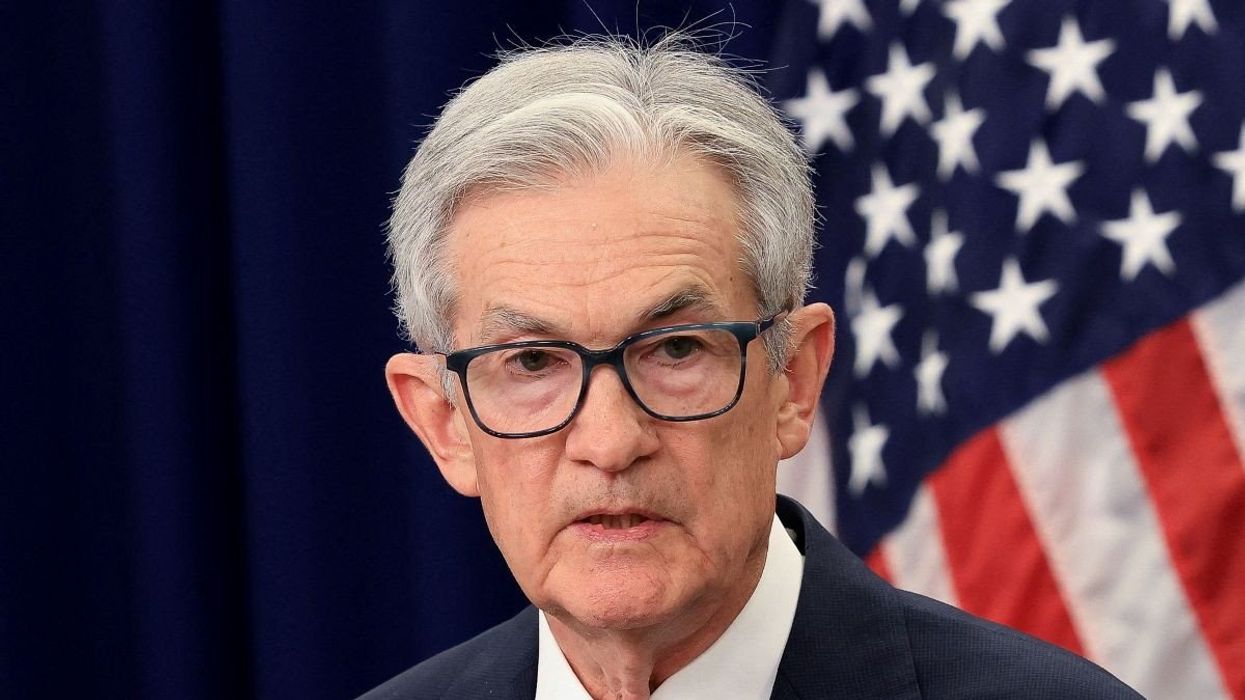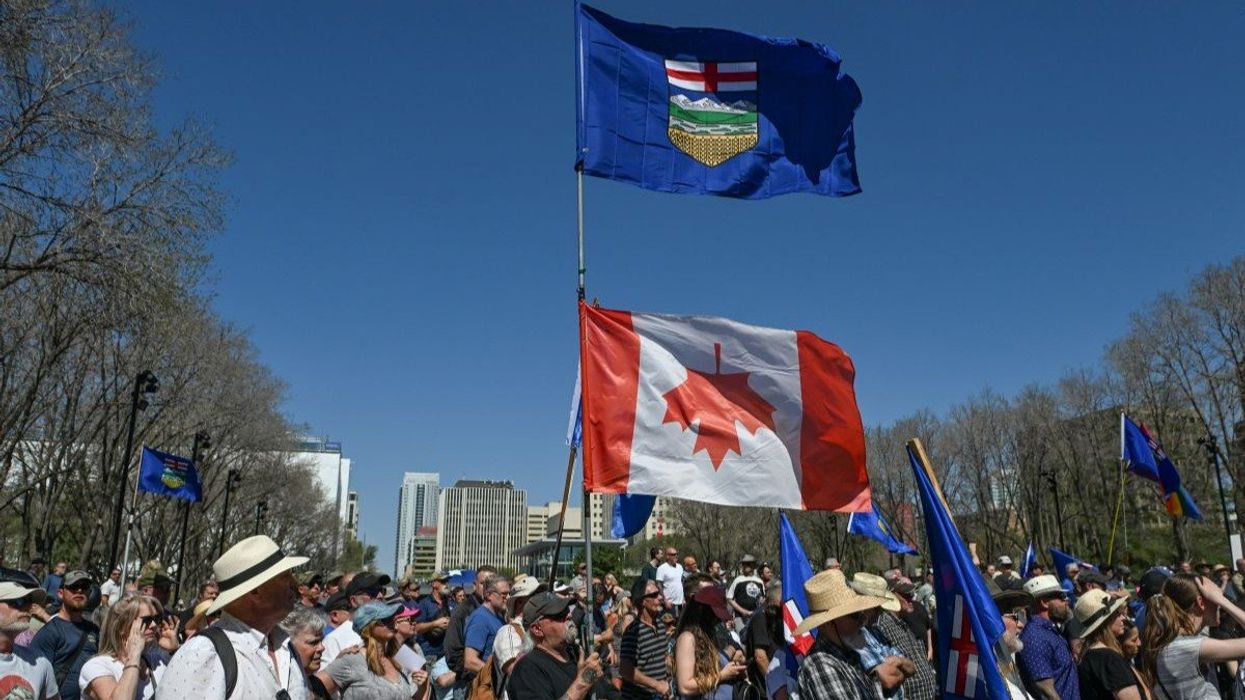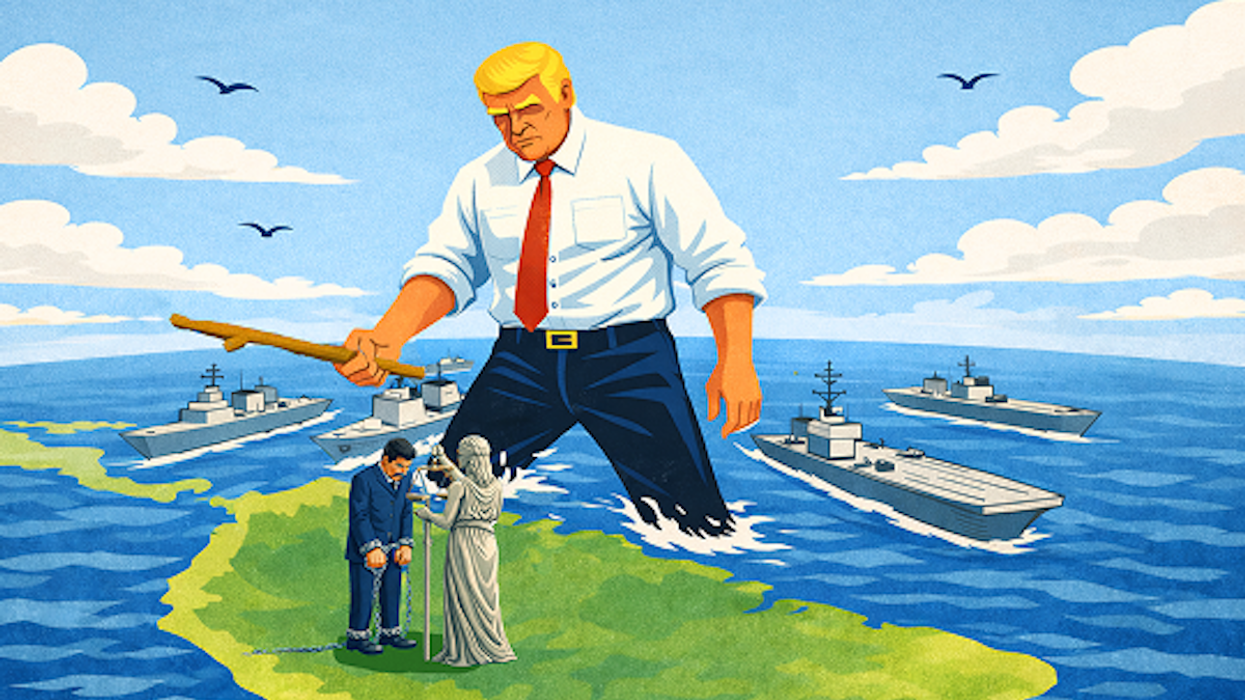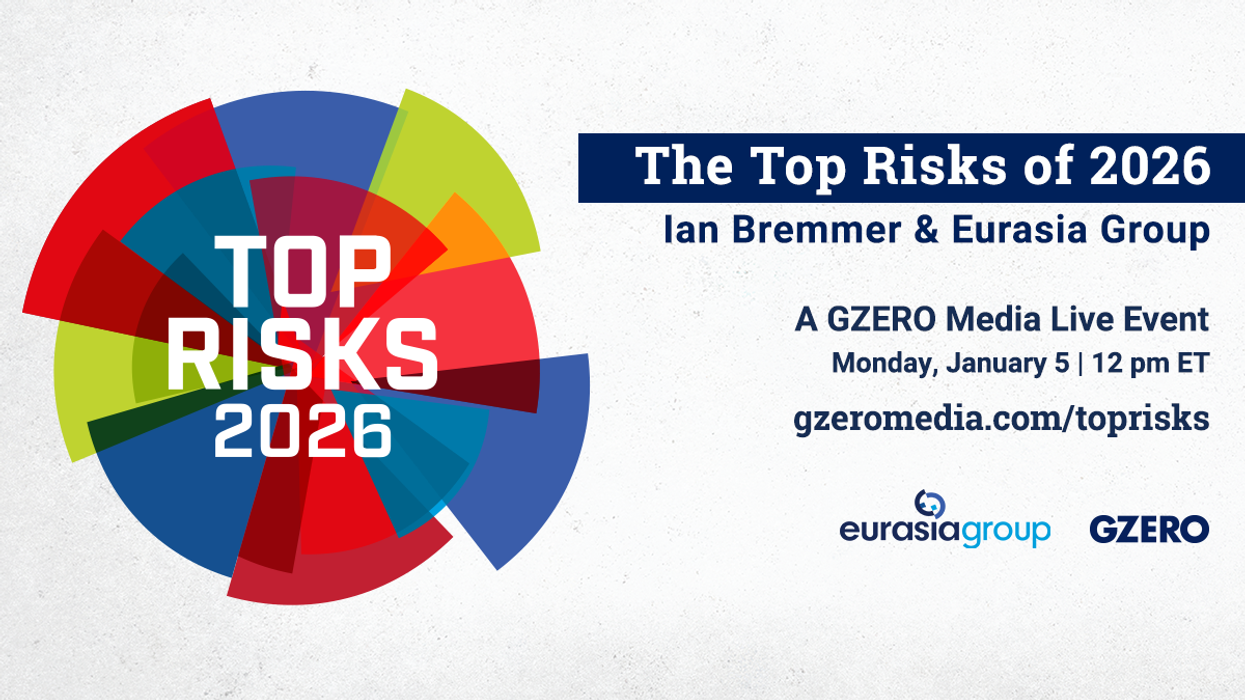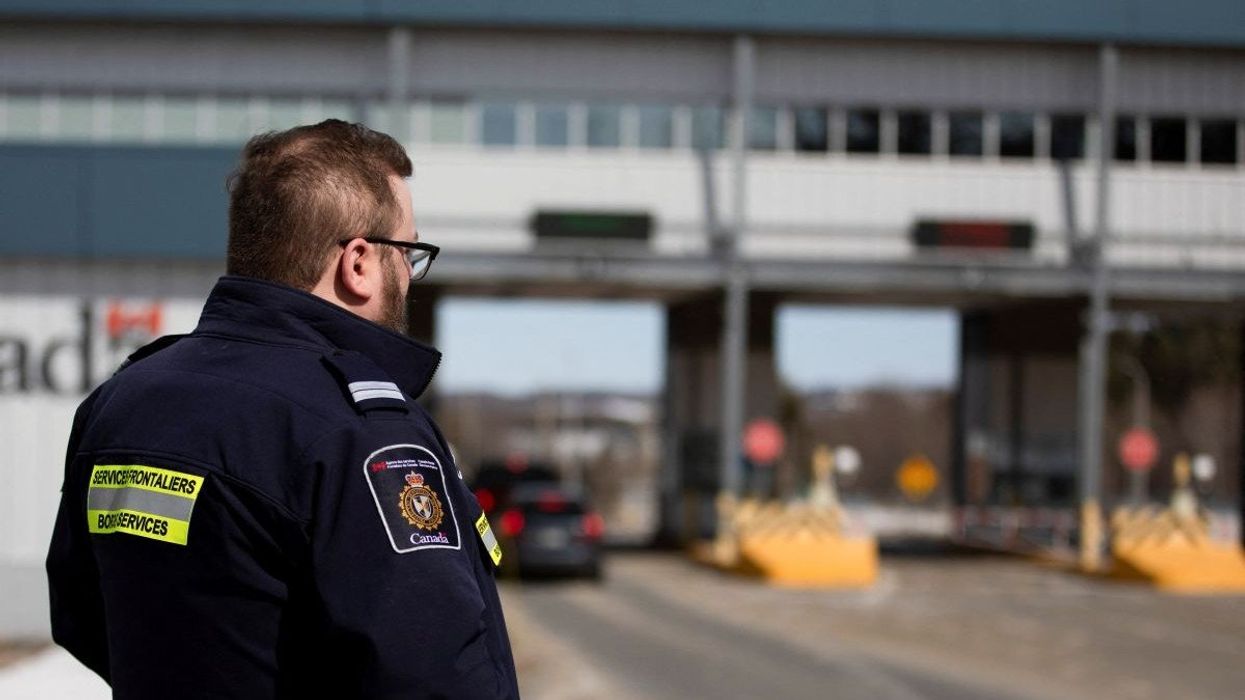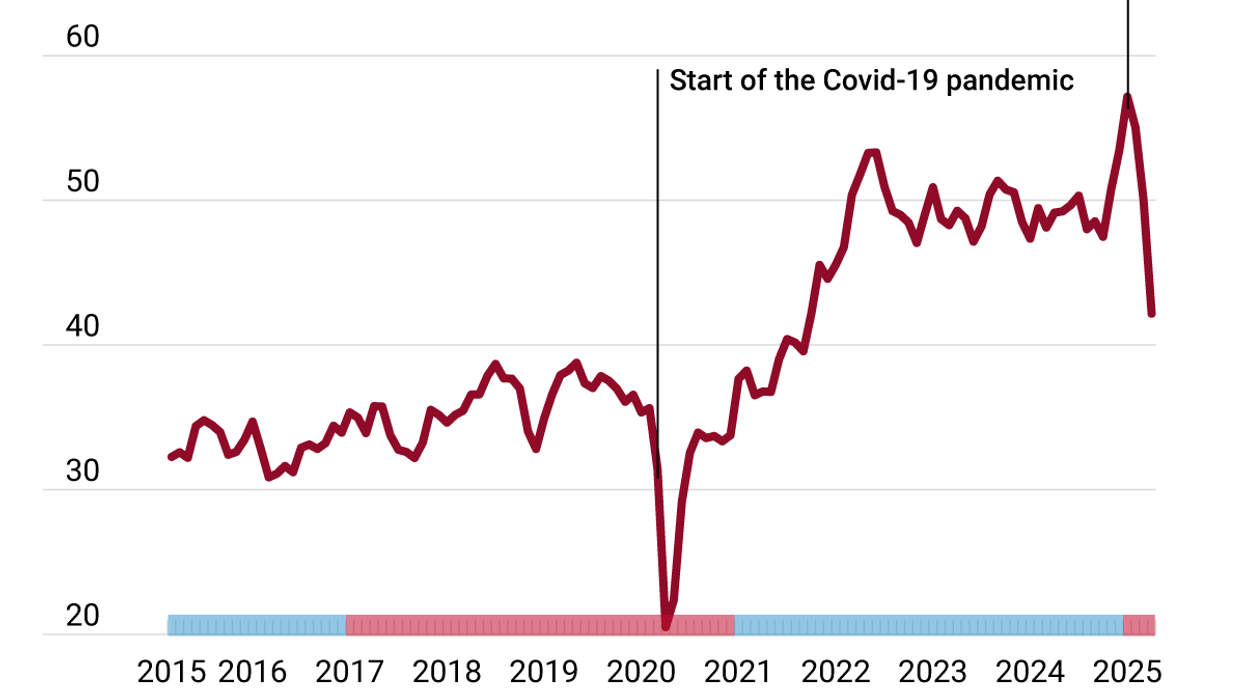The United States and Canada share hundreds of billions in annual trade, a deep defense relationship, the world’s longest undefended land border, and an affordability crisis that threatens to upend political fortunes. At the heart of that problem is housing. As both countries grapple with inflation and rising interest rates, the cost of shelter and the risk of foreclosures are rising.
The causes of unaffordable housing include a complex mix of under-supply (itself caused by several things), urbanization, marketization and speculation, immigration, population growth, temporary foreign workers, international students, and natural barriers. But whatever the cause, the US and Canada are both millions short on needed housing stock.
For President Joe Biden and Prime Minister Justin Trudeau, unaffordable shelter presents both a policy challenge and a political liability, especially as each faces looming elections. Biden is up for reelection in late-2024, and Trudeau must face voters by the fall of 2025.
Rising interest rates – and foreclosures
On Tuesday, Canada’s consumer price index revealed an inflation jump, moving from a two-year-plus low of 2.8% in June to 3.3% in July. The uptick makes a Bank of Canada rate hike in September more likely. The bank raised rates 25 basis points last month, sending the target rate to 5%. This summer, mortgage costs have been the primary cause of inflation – a vicious cycle of rate hikes driving mortgage costs, which drive rate hikes.
In late July, the Federal Reserve raised US interest rates to 5.25% – the highest in 22 years. That same month, the inflation rate moved 0.2% to hit 3.2%, driven, like Canada, by high housing costs.
As rates rise, so do US foreclosures. According to property data firm ATTOM, foreclosure starts rose 15% in the first half of 2023 – and a whopping 185% over the rate two years ago. Over 185,000 properties faced foreclosures in the first half of 2023 as the numbers trend back toward pre-pandemic rates. In 2017, more than 428,000 homes were foreclosed, while in 2018 it was more than 362,000, and 2019 saw over 296,500. The number of foreclosures had been in decline after the 2010 high of 1.65 million in the aftermath of the 2008 financial crisis. But last year was the first year that saw a rise in foreclosures since those dark days. Pandemic measures protected homeowners in recent years, but those are now in abatement.
Anecdotal data in Canada suggests an upward trend in foreclosures there too. A Calgary lawyer, for example, says the numbers are surging in Alberta’s largest city – the worst he’s seen since 2008. According to the Canadian Bankers Association, 0.15% of mortgages, just over 7,600, were in arrears in June 2023. That rate is low, but underlying conditions suggest trouble ahead, with the government offering new lending guidelines to support distressed borrowers in a bid to keep them in their homes. As the Globe and Mail reported in July, significant numbers of mortgage holders are falling behind on bills and borrowing to cover daily expenses. Meanwhile, household debt in Canada is the highest in the G7.
Moreover, many Canadians have variable-rate mortgages, where the interest rate paid is tied to a fluctuating prime rate. As interest rates have risen, more homeowners have shifted to fixed-rate mortgages. As the Financial Post reported in June, variable-rate mortgage share fell last April to under 8% – down from a January 2022 recent high of 56%.
Mike Moffat, founding director of the PLACE Centre at the Smart Prosperity Institute, says the foreclosure rates aren’t showing up at scale in data yet – but pressure is mounting. “Most of the cases that are starting to face pressures are the variable-rate mortgages,” he says. Lenders are using “creative solutions” such as extreme long-term amortization periods to manage cases, he notes. But there may be greater trouble on the horizon.
“Where we might start to see cracks forming is on fixed-rate mortgages,” he says, “particularly anybody who took a three-, four-, or five-year mortgage back in late-2020 or early 2021 ... When more of those fixed-rate ones start to come up for renewal, that’s when you’re going to see those pressures.” Folks who had locked in cheap rates will face much higher borrowing costs – and tough choices.
Broken markets home to sky-high housing prices
Unaffordable housing for owners and renters alike is a problem in both countries, but the problem is more pronounced in Canada. As Moffat notes, “Both Canada and the United States have some markets that are essentially just broken. You have maybe a half dozen big cities in the US where the housing market is out of control, and it’s the same thing in Canada where a half dozen housing markets are completely out of control, but the difference is in Canada, that half-dozen is 75% of the country.”
In April, the average price of a home in Canada rose to CA$716,000, up $100,000 in four months. While that’s the national average, some local markets are much worse. In Toronto, the average is over $1.1 million. In Vancouver, it’s over $1.2 million. This is also bad news for renters. According to Rentals.ca, in August, the average rental price for a one-bedroom apartment was $1,860 a month, up nearly 11% year-over-year. The average is $3,013 in Vancouver and $2,592 in Toronto.
Prices in the US are better overall, but some parts of the country are, as Moffat says, “broken.” According to Zillow, the average home cost in America is now over $348,000. But in the top markets, prices are much higher. New York averages over $618,500, while Seattle is above $701,000. Los Angeles is nearly $890,000, San Diego is almost $882,000, and San Francisco comes in at a whopping $1.12 million (that’s after a 4.98% year-over-year price decline).
Governments are waking up to the problem
The federal government in Canada is now ramping up its housing rhetoric – and perhaps its action. Newly appointed Housing Minister Sean Fraser says the feds should have never left the affordable housing game (which it has done over the last five decades). He is advocating more building, and there’s now talk of the governing Liberals leveraging their power and money to induce cities to build more supply. Fraser also says the government plans to make housing affordable without tanking the value of homes for existing owners. The government also recently launched a tax-free First Home Savings Account designed to help first-time buyers save for a downpayment.
Fraser’s comments come as Conservative opposition leader Pierre Poilievre is making affordability, including housing, a core part of his campaign message, and promising that, if elected, his government would withhold federal money from municipalities that don’t meet housing goals. It also comes in the wake of a Trudeau gaffe: The PM recently said housing isn’t primarily a federal responsibility, which is both true and the last thing Canadians want to hear.
The Biden administration has also caught on to the importance of affordable housing and is aiming to boost supply and bring ownership within reach for more Americans. The new strategy, announced in July, includes measures to ease land use and zoning restrictions, expand financing, and convert commercial spaces into residential spaces.
Housing could shape elections
With the Liberal government lagging in the polls, it seems to have caught on that it needs to go all-in on housing ahead of the next election. For months, Canadians have felt the federal government wasn’t paying enough attention to housing.
While events matter and can shift what the next election will be about, Moffat points out that housing is poised to be a major issue. “Barring any large crisis in the next 18 to 24 months, I do believe housing is going to be a top issue, either on its own or in a larger basket of affordability issues.”
In the US, housing policy proposals may end up in broader packages. Clayton Allen, US director at the Eurasia Group, says “presidential candidates are focused more on the question of how to address cost increases and inflation in general, and housing costs would fall under that broad umbrella.” So while there aren’t many specifically targeting housing, there’s a “laundry list of ideas to increase wages, improve the US economy, and tamp down inflation.” And since housing is bound up with affordability, it’s likely to be on the campaign agenda one way or another.
Will things get better?
Foreclosures could drive down housing prices. A recession – which would also induce foreclosures – could do the same. But nobody with an ounce of empathy wants that, and political incumbents certainly don’t. Doubts remain about the future of inflation, interest rates, government willingness to adopt effective housing policy, and the market’s response to government action. On top of that, both the US and Canada face major housing deficits that will take years to remedy.
There is some hope that things will improve as people demand housing action and punish politicians who fail to deliver. But relief, if it is to come, may be years away – perhaps too late to save today’s leaders, who will soon meet angry and anxious voters.
